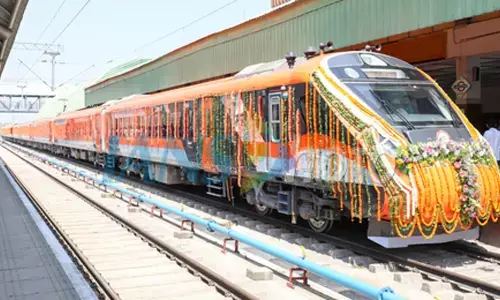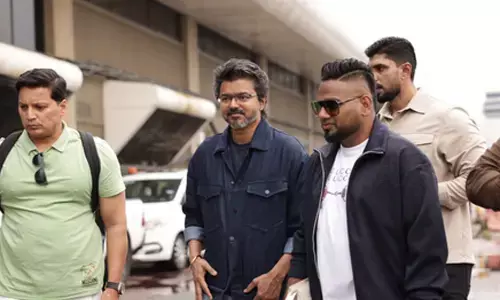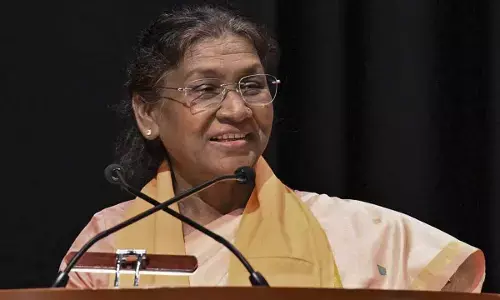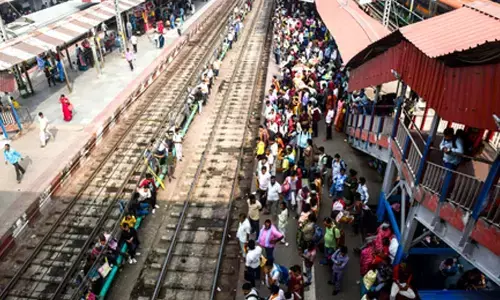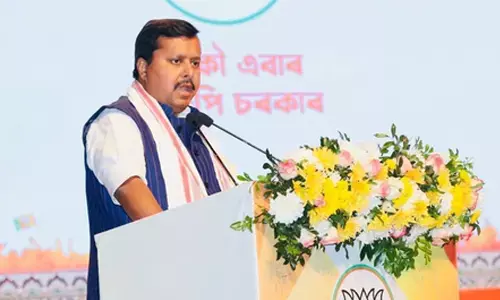Why sustainability & design become challenging for future designers

Sustainability Through Energy Efficiency Becomes a Key Focus in the Strategic Planning of Major Companies, Says IT Specialist
Sustainability is a large and often misunderstood term, and when clubbed with design, one is left wondering what they are dealing with.
Sustainability is a large and often misunderstood term, and when clubbed with design, one is left wondering what they are dealing with. Within this conundrum, we as a collective consciousness see the environment as the first step of intervention, many times failing to close the loop. Sustainable concepts and ideas need to be holistically perceived and designed for continued viability.
Sustainable Design is a larger-than-life concept, a way of life, a changing pattern of use, not simply a fad to get behind. Multiple designers and design students continue to struggle with the question of how one can achieve this. Having been used as a greenwashing term, sustainable design has been assumed to be anything that is good for the environment and rejects the idea of the bad.
With the Sustainable Development Goals (SDGs) set in place by the UN, these terms have become commonplace in our news, corporate language, and marketing. In a country like India, design sits at the cross section of the intent of achieving each SDG.
Why should we care for sustainability?
As India claims to achieve parts of the 2030 agenda, it is clear that the public, government and corporations have to work hand in hand to achieve these goals. As often stated in this context, we all must aim for sustainable development, which truly is "development with all and for all". Striving to keep pace with the 2030 agenda is important for our quality of life and that of our future generations. Adopting methods to conserve our natural, social and economic resources is extremely crucial. As designers visualizing a future
India's action on SDG's
With India's scale it is quite conceivable that the effort to achieve these goals will take a slightly slower pace. But true progress is only possible if we work towards these goals collectively and at a steady rate. Although India is currently behind in achieving these goals as compared to its neighbours, some states are leading the way in this endeavour. Kerala has currently been marked highest in the country, in segments such as zero hunger, quality education and affordable and clean energy. States like Himachal Pradesh, Tamil Nadu, Andhra Pradesh, Goa are following in these footsteps as well.
The important aspects of sustainability
Sustainability has 3 firm aspects and is incomplete without each other. Many organisations claim themselves to be sustainable when they lay out one of the aspects however, it is only possible for an organisation to be sustainable in a true sense if it fulfills the demands of all 3 aspects of economic, social and ecological. The ecological goals concern the reduction of wasteful processes, non-compostable packaging, reduction of carbon footprints, water usage and more whereas the economic goals revolve around making the business self-sustaining through continued income and profits while maintaining the sustainable elements.
The social goals are achieved by showing sustainable treatment towards their employees, community, business people and other stakeholders. Many successful businesses and companies can be developed by keeping social sustainability of the local communities at the centre.
Ways to avoid green washing
It is important to avoid green washing while claiming one's product as sustainable. One of the aspects to avoid green washing is to make your claim easier to understand and clearer to see without any use of jargon. Second, one should support the claims of sustainability by facts and up to date information to prove evidence. The most important way to avoid green washing is to be honest and specific of your future goal and how credible and verified it is to claim it as sustainable and proper language should be used to avoid confusion and misleading statements. It is better to set small achievable goals rather than falsifying larger goals.
Sustainability pitfalls to avoid
Though sustainability is portrayed as all about good and excluding the bad, there are certain pitfalls that one needs to avoid to claim products and businesses to be truly sustainable. One among them is failing to anticipate the talent and fundamental skills needed to propagate and maintain such projects.
Those trained in lateral thinking design skills, often find themselves in the position of leading or being founders of such organizations. This helps create a cycle of accountability not merely from the economic or environmental perspective, but also from the social one.
Long-term ownership and commitment to environmental and social change are at the heart of running a sustainable organization or business. Those of us capable of empathising with these aspects as well as ensuring business sense are able to lead the way. And finally, keeping patience in this process of making a long-term change is key, impatience and dealing with everyday operational concerns may make it tempting to jump sustainability goals, creating many long-term concerns.
Role of designers
Sustainability is a key value of defining the human experience, the present as well as the far future. Designers working on changing the human experience for the better as people who now play a pivotal role in changing the perspective of consumer culture to that of a conservation and preservation culture. The value systems we live in are evolving, the next generations are making their demands to a healthy planet and future lifestyle visible. Now it is up to us, the designers, to rethink material cultures and drive change through resource allocation for the generations to come.
(The author is the Associate Dean, Academics at The Design Village)








